You’ll find 208 Volt outlets in many apartment buildings and even in some commercial situations. The use of a neutral wire in a 208 Volt circuit depends on the purpose of the circuit. That brings up the question, does 208v need a neutral?
Normally, a neutral wire is not required for a 208 Volt circuit. However, if you introduce a neutral wire in the circuit, you will get a reduced power supply of 120 volts.
This article will address the facts about what exactly will happen if we try to put a neutral wire in 208 Volt circuit and also how it differs from the typical 120 volts and 240 Volt circuits. So, let’s get to it.
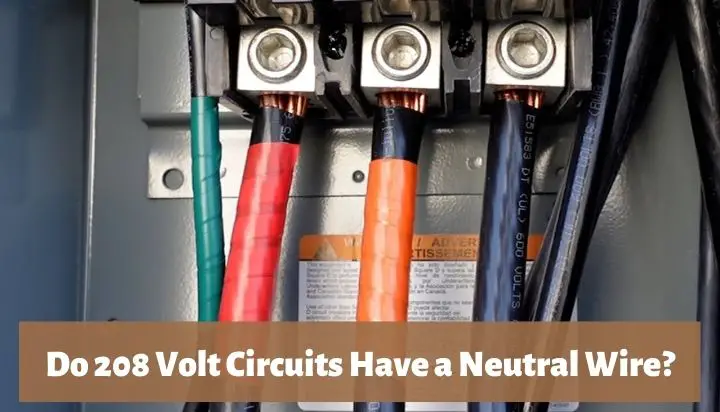
Is 208v Line to Line or Line to Neutral?
As 208 volts is usually a three-phase power supply, it is obvious that 208 Volts is Line-to-Line rather than Line-to-Neutral. In commercial applications, Line-to-Line voltage is used for its efficiency and economical value.
However, 208 volts can be Line-to-Neutral with a reduced power supply.
Line-to-Line Voltage is the voltage between two hot lines. The voltage between one of the lines and neutral is referred to as Line-to-Neutral voltage. Line-to-Line voltage is always greater than Line-to-Neutral voltage.
The ratio between Line-to-Line and Line-to-Neutral voltage is constant. The Line-to-Line voltage is √3 times the Line-to-Neutral voltage at all times.
What if it’s three phase 208 volts?
If we consider 208 volts as a three-phase we are talking about Line-to-Line voltage. On the other hand, if we consider it a single-phase, the Line-to-Neutral voltage for 208 volts will be 120 volts (as 208 volts/√3 equals 120 volts).
It is frequently necessary to wire 208 volts for home purposes. The procedure of wiring a 208v single phase is somewhat simple if you are interested to install it.
In summary, it doesn’t make any sense to use a neutral wire in a 208 Volt circuit if you want to get the full potential of a 208 Volt circuit.
For example, if you want to use a heater with a neutral wire instead of a phase, it will supply 120 volts which are too low for a heater to work as expected. Moreover, it will occur an imbalance in the grid may damage the heater permanently.
What Would Happen if You Use a 208V Circuit Without a Neutral?
Whether you should use the neutral depends on the manufacturer-specified configuration of your equipment. When presenting an electrical inquiry, it’s important to keep the region in mind.
As different regions have different specifications. Both for the power supply, and the equipment that you wish to use.
In a 208V circuit, all equipment is linked phase to phase (hot to hot) in 208V volt circuits, which have no neutral. If a 120V single-phase AC line is used in your region, the conversion becomes phase to phase 208V.
What are some examples of this situation?
For example, if you utilized the neutral instead of a phase to power a heater, you would deliver 120V, which is too low for the heater to function as intended.
This would cause fuses and circuit breakers to blow or trip and creating an imbalance in the grid. It will trip your device as well if it has under voltage protection.
In conclusion, avoid adding the neutral to a 208V circuit since doing so would prevent the equipment from operating and run the risk of damaging both the wiring system and the equipment.
Different Standards for Neutral Wire Based on Voltage
When choosing a specific power supply, we need to be concerned about whether the circuit requires a neutral or not.
Before introducing a neutral in a circuit, we need a proper view of the power supply, if it is a single-phase or three-phase, line-to-line, or line-to-neutral power supply.
There are single-phase power supplies that require only two hot wires and a neutral wire. On the other hand, there are three-phase power supplies that require only three hot wires but no neutral wire.
So, does 208 volts have a neutral? The table given below shows the comparison between different types of standard voltages of power supply and their need for a neutral wire.
Differences Between the Standard Voltages of Power Supply
| 120 volts | 208 volts | 240 volts |
| Always single phase. | Could be single-phase or three-phase. | Could be single-phase or three-phase. |
| The configuration has two live wires. | The configuration has three live wires. | The configuration has two live wires for a single phase, and three live wires for a three-phase. |
| The circuit has less wiring. | The circuit has more wiring because of three-phase. | The circuit has less wiring for single phase, but more wiring for three-phase. |
| A neutral wire is needed. | Normally, doesn’t need a neutral wire. | Doesn’t require a neutral wire. |
| It is less efficient and consistent. | Delivers a more consistent and efficient power supply. | Three-phase 240 volt delivers a very efficient power supply. |
Is a three-phase supply more efficient?
A three-phase power supply is more efficient than a single-phase power supply as three-phase uses three hot wires instead of two. Thus, 208 volts is preferred over 120 volts as it generates √3 times more power than 120 volts.
Likewise, as 220 volts is a single-phase power supply and requires a neutral wire it is not as efficient as 208 volts or 240 volts.
So, we came up with the thought that if we want more efficient power, a three-phase power supply can help us which doesn’t use a neutral wire.
So, does 208v need a neutral?
To be more specific, 208 volts doesn’t require a neutral wire. However, if you decided to put a neutral wire in it, the voltage supply will be 208 volts/√3 which is technically a 120 Volt power supply.
Summary
So, does 208v need a neutral? In summary, there is no need to introduce a neutral wire in a 208 Volt circuit. Introducing a neutral wire in a 208 Volt circuit may result in inconsistency and could make the circuit or equipment inefficient.
In this article, I also talk about the other standard voltages that require a neutral wire. However, if you still feel puzzled, it is advised to consult with a professional electrician.

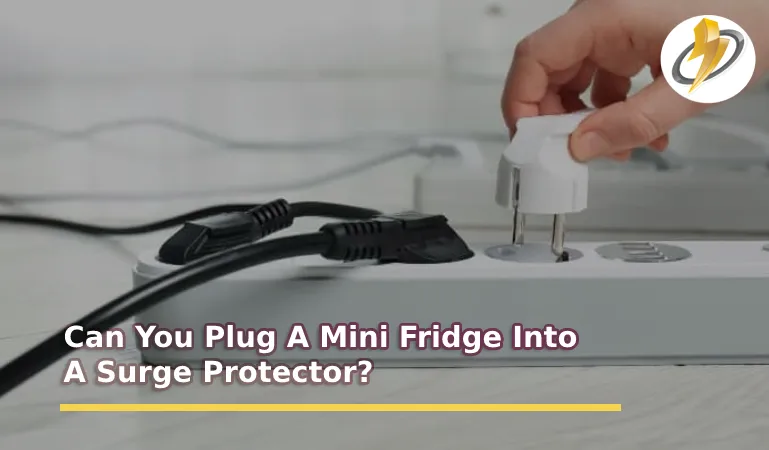
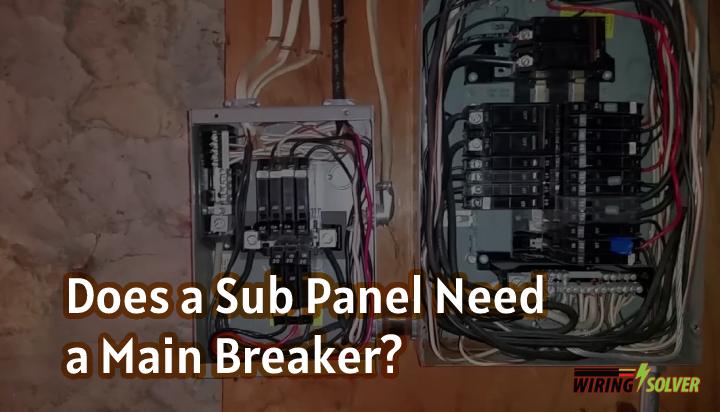
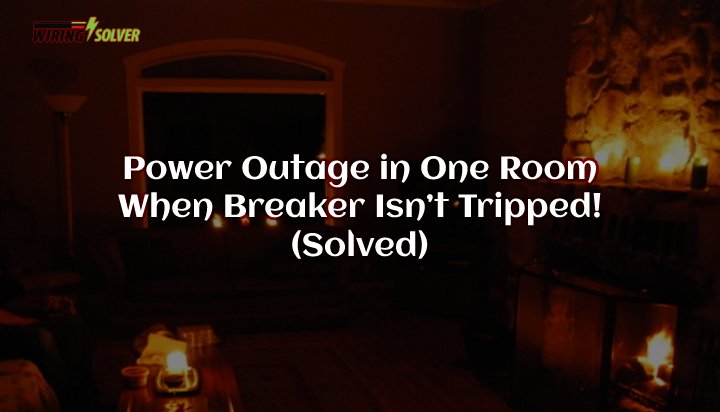
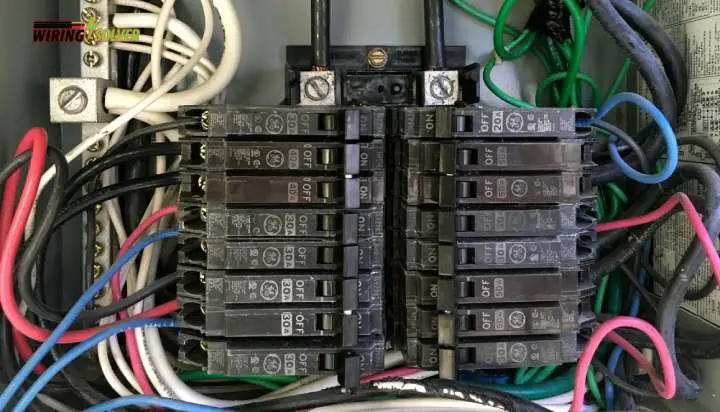
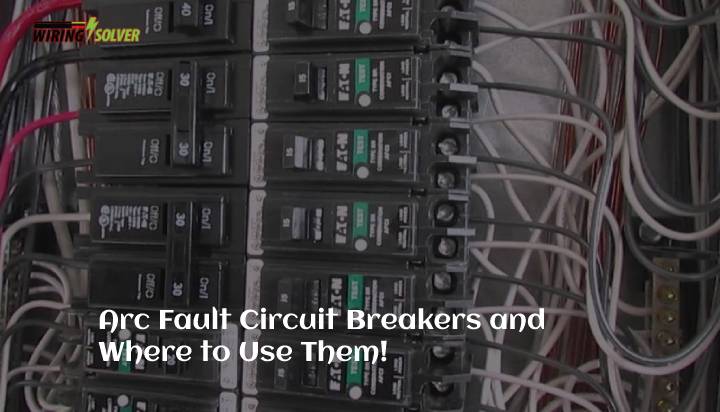
![How Does An Electric Doorbell Work? [Explained]](https://wiringsolver.com/wp-content/uploads/2022/06/How-Does-An-Electric-Doorbell-Work.jpeg)